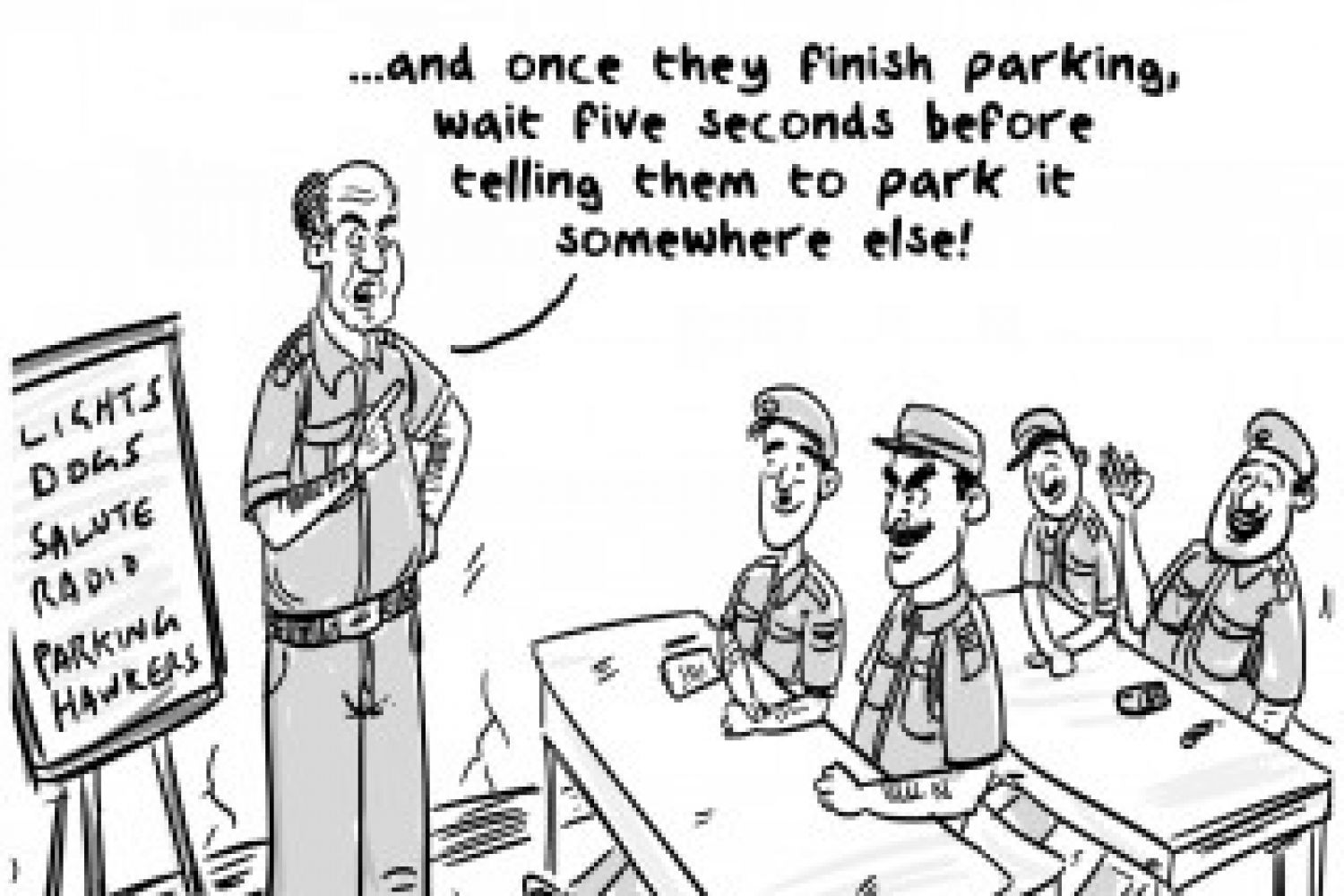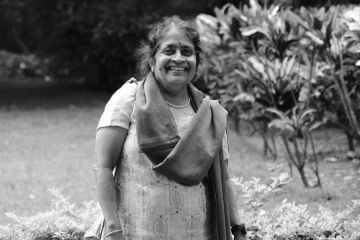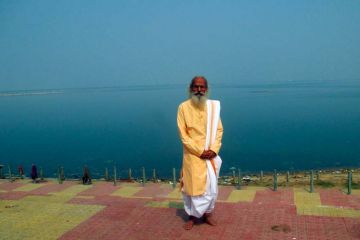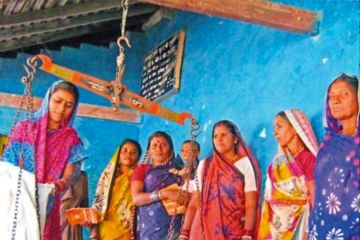
The interlinking of
rivers is not a new idea. In the 19th century, British general and engineer Sir
Arthur Cotton planned to link rivers for inland navigation. Also, until his
death in September this year, Ramaswamy R. Iyer—former secretary of water resources—also
wrote and spoke repeatedly and at length about the interlinking project and its
catastrophic consequences.
A river is not a just
a flow of water. Landscapes move, despite engineered efforts to fix them.
Natural processes w





